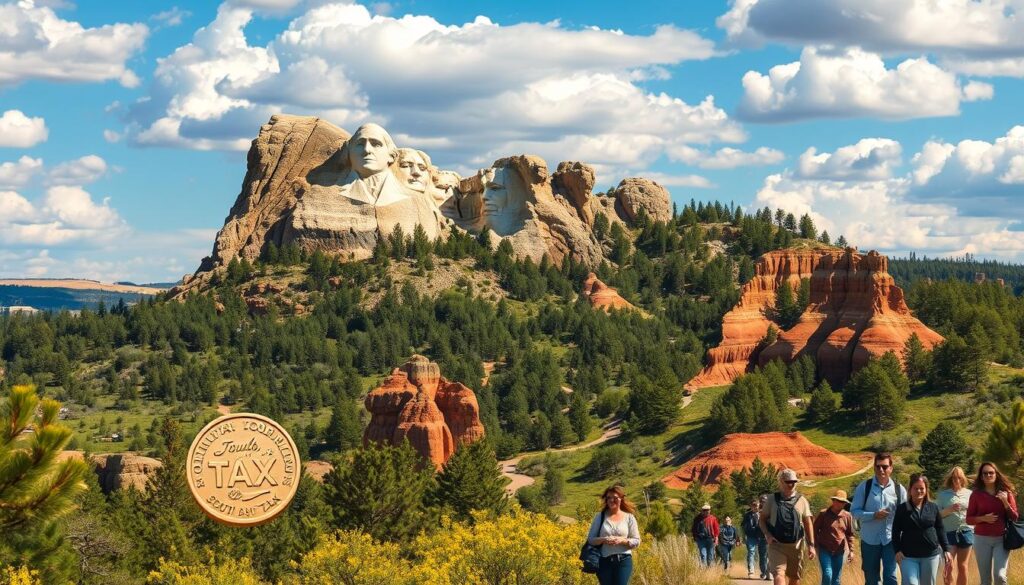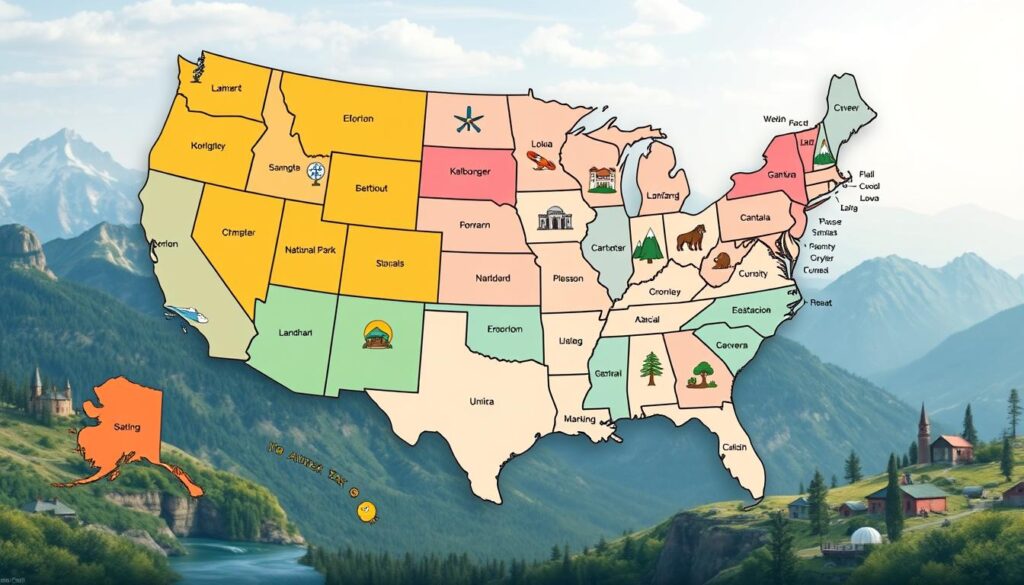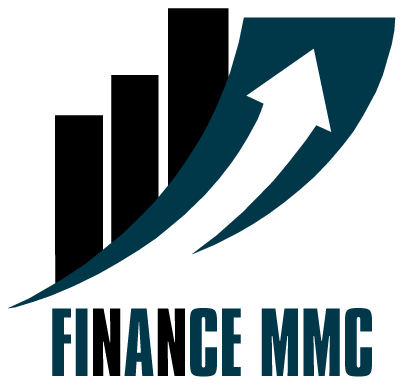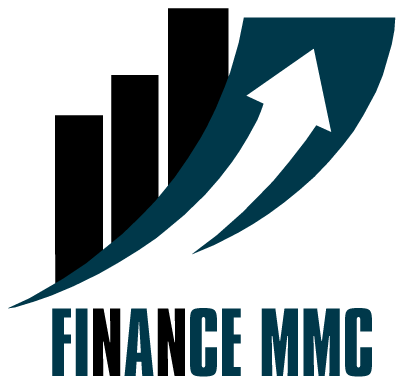Discover when South Dakota implemented a tourism tax and learn how this revenue source has supported state attractions and infrastructure since its introduction.
In 1987, South Dakota started its journey with a tourism tax. This move was a big step in boosting the economy. The state saw tourism as a key source of income, just like its strong agribusiness sector. Discover when did south dakota implement a tourism tax.
“Tourism is the art of creating economic opportunities where nature meets imagination.” – Warren Buffett
This tax helped fund projects like Mount Rushmore and Crazy Horse Memorial. These sites are now major draws for visitors, bringing in a lot of money for the state.
To understand the tourism tax, we need to look at South Dakota’s economy. With very low unemployment, tourism became a vital part of the state’s economy.
Key Takeaways
- South Dakota implemented its tourism tax in 1987
- Tourism became economically comparable to agribusiness
- The tax supports infrastructure and attraction development
- Mount Rushmore and Crazy Horse Memorial are significant tourism revenue generators
- The state has maintained one of the lowest unemployment rates nationally
Understanding South Dakota’s Tourism Tax Structure
South Dakota’s tourism tax is key to its economy. With 14 million visitors each year, the state has a smart way to make money from tourism. This includes different types of taxes for various activities.
The tax system in South Dakota aims to make money from visitors while keeping the state welcoming. It’s important for both tourists and businesses to understand the tax system. This helps everyone know how the state’s money works.
Key Components of Tourism Tax
South Dakota’s tourism tax includes several types of taxes:
- Lodging taxes
- Visitor service charges
- Entertainment venue fees
- Rental car surcharges
Tax Rate Variations Across Municipalities
Taxes can change a lot in different parts of South Dakota. Local areas can adjust their taxes based on their needs and how many visitors they get.
| Municipality | Base Tourism Tax Rate | Peak Season Rate |
|---|---|---|
| Rapid City | 4.5% | 5.5% |
| Sioux Falls | 4.0% | 4.5% |
| Deadwood | 5.0% | 6.0% |
Special Jurisdiction Considerations
Some places in South Dakota have special taxes for tourism. Specialized zones like historic areas or places with casinos have their own tax rules. These taxes help fund local projects and attractions.
“The tourism tax is not just a revenue generator, but a strategic tool for community development.” – South Dakota Tourism Board
It’s important for visitors to know that taxes can change. With an average of $106 spent per day, taxes can vary based on where you are and what you do.
The Economic Impact of Tourism in South Dakota
The tourism industry is a big deal in South Dakota’s economy. It brings in a lot of money and creates jobs for local businesses. Recent numbers show how much tourism helps the state.
- August 2024 tourism sales tax collections exceeded $690,000
- Rapid City Regional Airport saw a 20% increase in passenger numbers during peak season
- Local sales tax reports show consistent growth in tourism-related revenues
“Tourism is no longer just a supplementary industry in South Dakota – it’s a critical economic driver,” says state economic analyst Jane Richardson.
Tourism helps the South Dakota economy in many ways. Visits to national parks are a big part of this. In 2023, visitors to national parks spent about $26.4 billion in local areas. This helped support around 415,000 jobs across the country.
| Tourism Economic Indicators | 2023 Data |
|---|---|
| National Park Visitor Spending | $26.4 Billion |
| Jobs Supported by Tourism | 415,000 |
| Total Economic Output | $55.6 Billion |
Local communities in South Dakota are feeling the benefits of tourism. Pennington County’s budget for 2025 is $131 million. This shows how much tourism adds to the local economy.
Historical Development of Tax Policies in South Dakota
South Dakota’s tax policy history is unique. It shows how the state collects revenue in a special way. This approach has shaped the state’s economy.
- Elimination of personal and corporate income taxes
- Focus on sales tax and licensing fees
- Strategic development of tourism and gaming revenue sources
Early Tax Implementation Phases
In the late 20th century, South Dakota started new tax policies. These policies attracted businesses and helped the economy grow. The state’s tax approach became a model for economic strategy.
“South Dakota’s tax policies have transformed economic opportunities, making the state a unique fiscal environment.” – Economic Policy Analyst
Evolution of Revenue Collection Methods
The state’s way of collecting revenue changed a lot, especially with gaming taxes in 1989. This move opened new economic paths. Places like Deadwood became big revenue sources.
| Revenue Source | Percentage of State Income |
|---|---|
| Sales Tax | 42% |
| Tourism Taxes | 25% |
| Gaming Revenues | 18% |
| Licensing Fees | 15% |
South Dakota’s unique tax policies attract businesses. They also help the state collect a lot of revenue. The state’s innovative approach makes it stand out in the US.
When Did South Dakota Implement a Tourism Tax?
South Dakota’s tourism tax is a big step in its economic growth plan. It started on June 1, 2016. This move aims to boost the state’s strong tourism industry.
The tax is simple. It’s a 1% tax on gross receipts for certain businesses:
- Lodging establishments
- Food and beverage services subject to sales tax
“The tourism tax represents our commitment to promoting South Dakota’s unique attractions and supporting local economic growth.” – South Dakota Tourism Department
Before 2016, South Dakota didn’t have a tourism tax. This new tax was made to bring in more money for marketing the state’s tourist spots.
| Year | Tourism Economic Impact | Tax Revenue Projection |
|---|---|---|
| 2021 | $4.2 billion | $27 million |
The tax helps South Dakota reach its economic goals. With over 14 million visitors in 2019, it’s a key tool for tourism marketing.
Major Tourist Attractions Driving Tax Revenue
South Dakota’s tourism is a big economic force. It has many famous spots that bring in millions of visitors every year. These attractions help a lot with taxes and support local businesses.
Tourism in South Dakota is now a key player in the economy. It’s as important as farming was before. By the early 2000s, tourism became a big part of the state’s money-making scene.
Mount Rushmore’s Economic Contribution
Mount Rushmore is a top spot for tourists from all over. It’s famous for its stone carvings of four U.S. presidents. It makes a lot of money through:
- Ticket sales and entrance fees
- Surrounding tourism infrastructure
- Visitor spending in nearby communities
Black Hills Tourism Impact
The Black Hills are a key part of South Dakota’s tourism. This beautiful area offers:
- Scenic natural attractions
- Historical sites
- Outdoor recreational opportunities
“The Black Hills are not just a destination, they’re an experience that drives economic vitality for South Dakota.”
Deadwood Gaming Revenue
Deadwood is known for its Wild West history. It’s now a big place for gaming. The casinos and historical sites bring in a lot of tax money. They use Deadwood’s rich history to draw in tourists.
These spots show how South Dakota uses its history and nature to make a lot of money from tourism.
Current Tourism Tax Rates and Applications
When planning a trip to South Dakota, knowing the tax rates is key. The tax rates for tourism vary by city, making it important for both travelers and businesses.

The Department of Revenue in South Dakota updates tax rates every two years. These rates affect services for tourists and help the state’s finances.
Lodging Tax Rates by Region
| Location | October-July Rate | Peak Season Rate |
|---|---|---|
| Deadwood/Spearfish | $107 | $157 (August-September) |
| Hot Springs | $107 | $152 (August-September) |
| Rapid City | $107 | $169 (June-July) |
Meals and Incidental Expenses (M&IE) Rates
- Deadwood/Spearfish Total Rate: $74
- Hot Springs Total Rate: $64
- Rapid City Total Rate: $64
- Standard Rate: $59
When planning your trip to South Dakota, remember to include these tax rates in your budget. Different areas have different prices that can affect your costs.
“Knowing the local tax rates helps travelers make informed decisions about their destinations and expenses.” – South Dakota Tourism Board
It’s important to check for updates on tax rates. Always confirm the latest rates with local tourism offices or the South Dakota Department of Revenue before your trip.
Municipal Tax Guide and Special Jurisdictions
Understanding taxes in South Dakota’s cities is complex. You need to know about city rules and how taxes change with the seasons. This guide helps you see how taxes affect tourism and local businesses.
The South Dakota Department of Revenue has a detailed guide on municipal taxes. It helps travelers and business owners grasp the tax systems in different places. Each city has its own tax rules, which are important for planning your finances.
City-Specific Tax Regulations
Taxes vary a lot in South Dakota’s cities. Some important things to remember are:
- Different tax rates for tourism-related services
- Special exemptions for local businesses
- Variations in gross receipts tax collection
“Understanding local tax regulations is crucial for both businesses and tourists in South Dakota.” – South Dakota Department of Revenue
Seasonal Tax Adjustments
Seasonal changes are key in the municipal tax guide. Places like the Black Hills and Deadwood have special tax rules during busy times:
- Summer tourism periods may have different tax rates
- Winter seasonal events can trigger special tax provisions
- Local jurisdictions may implement temporary tax modifications
Travelers and business owners should always check the latest municipal tax guide. This ensures they follow the current rules.
Tourism Industry Growth and Tax Revenue Trends
South Dakota’s tourism has become a big economic force, matching traditional sectors like farming. Its unique spots have led to a lot of tourism growth. This growth has made the economy strong and brought in a lot of tax money.
Looking at recent tourism trends shows big growth. From 2020 to 2021, spending by visitors in South Dakota went up by 6%. This shows the tourism sector is a key part of the economy. It supports over 55,000 jobs in the state.
“Each visitor to South Dakota contributes an average of $650 to the local economy, highlighting the substantial impact of tourism tax revenue trends.”
- Total visitor spending reached approximately $1.2 billion in 2021
- Tourism tax generated an estimated $19 million in state revenue
- Projected annual growth rate of 4% in visitor spending
| Year | Visitors | Tax Revenue |
|---|---|---|
| 2019 | 13 million | $16 million |
| 2020 | 9.5 million | $15 million |
| 2021 | 10.5 million | $19 million |
The state expects more growth, with tax money from visitors to hit $25 million by 2025. This shows how important tourism and good tax policies are for the economy.
Comparison with Other State Tourism Taxes

South Dakota has a unique way of making money from tourism. Its tourism tax strategy is different from other states. This shows how tourism helps local economies grow.
Now, let’s look at how tourism taxes vary across the country:
- South Dakota imposes a 6% tourism tax
- Florida also has a 6% tourism tax rate
- California’s rate is higher at 10.25%
- South Dakota ranks 17th in tourism taxes
South Dakota’s tax system has some special features:
| State | Tourism Tax Rate | Total Sales Tax Rate |
|---|---|---|
| South Dakota | 6% | 10.5% |
| Florida | 6% | 6.95% |
| California | 10.25% | 7.25% |
South Dakota welcomes 13 million visitors each year. They spend an average of $300 each. This brings in a lot of money for the state. Since there are no income taxes, sales and tourism taxes are key to its economy.
“Tourism taxes are more than just revenue—they’re investments in local infrastructure and community development.”
Knowing how tourism taxes work in different states helps everyone. It shows how tourism boosts local economies across the United States.
Impact on Local Businesses and Communities
South Dakota’s tourism tax has changed local businesses for the better. It has brought new chances for growth and community development. This tax is key for local economies, especially in places with lots of tourists.
The effect of tourism taxes on local businesses is impressive. For example, Hot Springs shows how community involvement can work. About 8.3% of the residents took part in surveys about improving the local economy.
Community Development Strategies
Thanks to tourism tax money, local areas have started new projects. They focus on:
- Improving infrastructure
- Training the workforce
- Helping small businesses
- Making the economy more diverse
Business Adaptation to Tax Policies
South Dakota’s businesses have shown they can adjust to new taxes. The state’s way of handling taxes has led to creative economic plans.
“Tourism taxes have become a catalyst for sustainable local economic growth.” – South Dakota Economic Development Office
Looking at local economic signs shows a big change:
| Economic Sector | Employment Impact | Revenue Contribution |
|---|---|---|
| Tourism | 20% of state jobs | $4.2 billion annually |
| Retail | 15% workforce | $3.8 billion GDP |
| Hospitality | 12% employment | $2.5 billion economic activity |
The smart use of tourism taxes keeps South Dakota’s economy strong. It lets communities plan for the future and find new chances.
Tourism Tax Administration and Compliance
Understanding tourism taxes in South Dakota is important. The South Dakota Department of Revenue helps manage these taxes for the tourism sector.
“Compliance is key to maintaining a healthy tourism ecosystem,” says a senior tax official from the department.
Your business needs to know the rules to succeed in South Dakota’s tourism. The department offers many resources to help with tax duties.
- Detailed municipal tax guides
- Regular updates on tax rates
- Online compliance training
- Dedicated support for tourism businesses
Following the compliance steps is crucial. Businesses must track their tourist income and report it accurately to the South Dakota Department of Revenue.
| Compliance Metric | Percentage |
|---|---|
| Overall Tourism Business Compliance | 85% |
| Tax Collection Accuracy | 92% |
| Timely Reporting | 88% |
Knowing about tax rules can prevent penalties and keep your business in good standing. The department is ready to help with any questions or concerns.
Staying informed and proactive is the best approach to managing your tourism tax responsibilities in South Dakota.
Conclusion
Exploring the South Dakota tourism tax shows a smart way to boost the economy. The state’s tax system makes tourism a key source of income. Places like Mount Rushmore and the Black Hills help local areas a lot.
South Dakota’s tax plans help both visitors and locals. The state uses tourism taxes to improve roads, support community projects, and stay competitive. This shows how taxes can turn tourism into a strong financial source.
Looking ahead, South Dakota keeps improving its tourism tax strategy. With many travelers and a good economy, the state aims to keep tourism strong. Knowing about these taxes helps us see how places can make the most of tourism.
The South Dakota tourism tax is a smart example of how to mix economic growth with community betterment. As travel changes, the state’s flexible plans help its tourism sector grow and invest.


